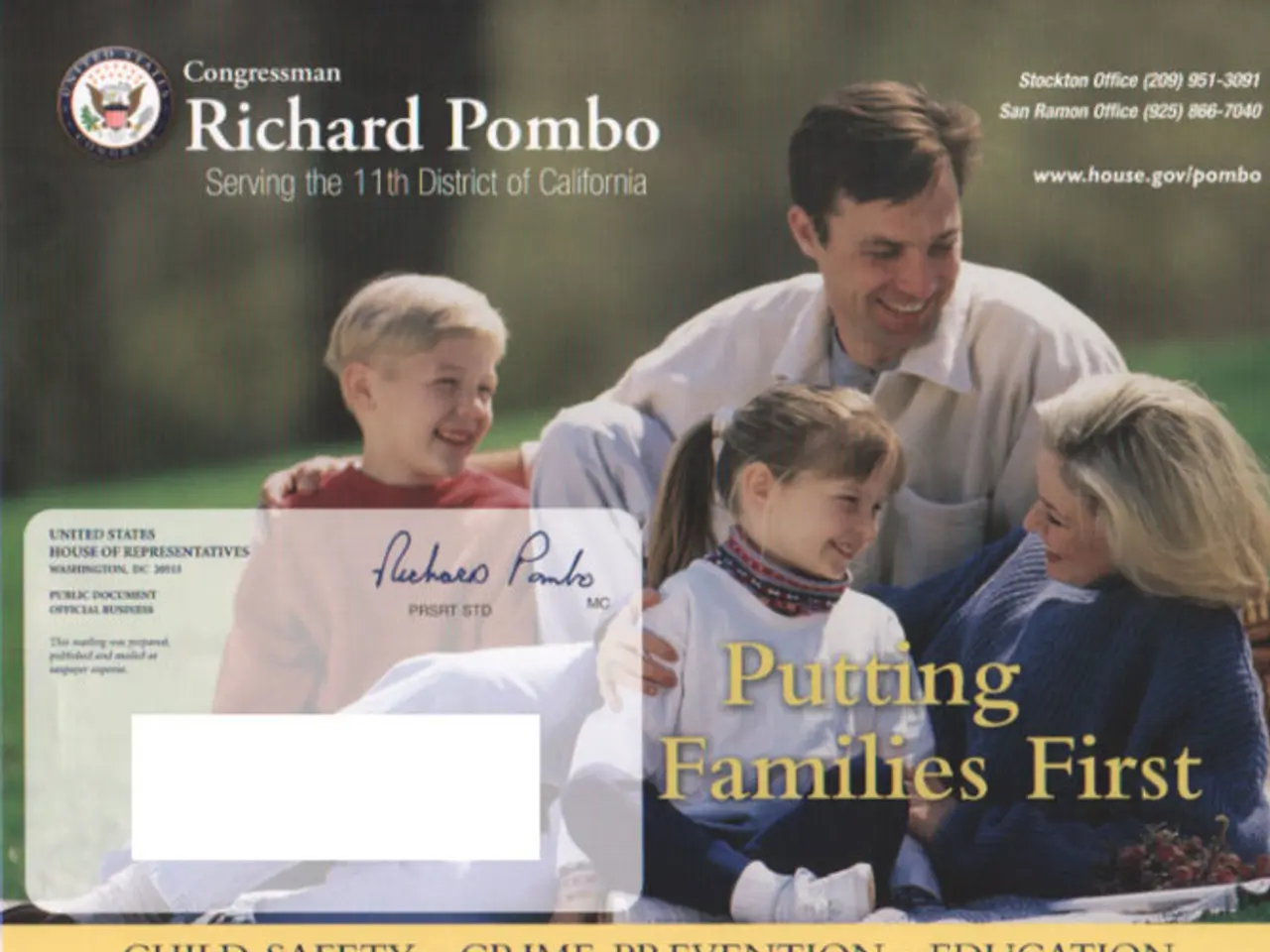Various Tiers Composing Cloud Computing Explained
Cloud computing has revolutionised the way businesses and individuals operate, offering a range of services that cater to different needs. Here's a breakdown of four key cloud service models: Infrastructure as a Service (IaaS), Platform as a Service (PaaS), Software as a Service (SaaS), and Functions as a Service (FaaS).
Infrastructure as a Service (IaaS)
IaaS provides virtualised computing resources such as virtual machines, storage, and networks. Users manage the operating systems, applications, and runtime environments themselves, making it the most basic cloud service model. This level of customisation and flexibility is ideal for organisations needing full control over their infrastructure while avoiding physical hardware management. Examples include Amazon Web Services (AWS) and Microsoft Azure.
Platform as a Service (PaaS)
PaaS delivers a development and deployment platform including operating systems, middleware, and development tools. The provider manages the underlying infrastructure and platform, allowing users to focus on application development and data. PaaS offers limited customisation compared to IaaS but eases development by abstracting infrastructure details. Examples include Google App Engine, Heroku, and AWS Elastic Beanstalk. PaaS is ideal for developers who want to build, test, and deploy applications quickly without managing infrastructure or middleware.
Software as a Service (SaaS)
SaaS provides fully developed, ready-to-use software applications accessed via the internet. The vendor fully manages the software, infrastructure, and platforms, requiring minimal customisation by the user. SaaS is best for end-users or businesses looking for complete software solutions without the need to maintain or develop them. Examples include Salesforce, Google Workspace, and Dropbox.
Functions as a Service (FaaS) / Serverless Computing
FaaS focuses on running discrete functions or pieces of code on demand without managing servers. Developers write code that is executed in response to events, with automatic scaling and abstracted server management. FaaS reduces operational overhead since the focus is solely on the code, not servers or infrastructure. Examples include AWS Lambda, Azure Functions, and Google Cloud Functions. FaaS is suitable for applications where event-driven, stateless, and short-lived code execution is needed.
In summary, the cloud service models form a spectrum of abstraction and management responsibility. IaaS provides basic infrastructure managed by the user, while PaaS adds a managed platform for easier development. SaaS delivers complete applications with minimal user management, and FaaS abstracts even the platform for event-driven code execution focused purely on functions. Each service offers unique benefits, making it essential to choose the right one based on specific needs.
[1] Cloud Computing: Principles and Practice [2] Cloud Computing for Dummies [3] The Phoenix Project: A Novel About IT, DevOps, and Helping Your Business Win [4] The DevOps Handbook: How to Create World-Class Agility, Reliability, and Security in Technology Organizations [5] The Lean Enterprise: How High Performance Organizations Innovate at Scale
- Data-and-cloud-computing technology, such as Cloud Computing, has resulted in a significant shift in the way businesses and individuals operate, with four key service models including Infrastructure as a Service (IaaS), Platform as a Service (PaaS), Software as a Service (SaaS), and Functions as a Service (FaaS).
- Among these service models, Software as a Service (SaaS) offers fully developed, ready-to-use software applications, managed entirely by the vendor, making it a preferred choice for end-users or businesses seeking complete software solutions without the burden of maintenance or development.




